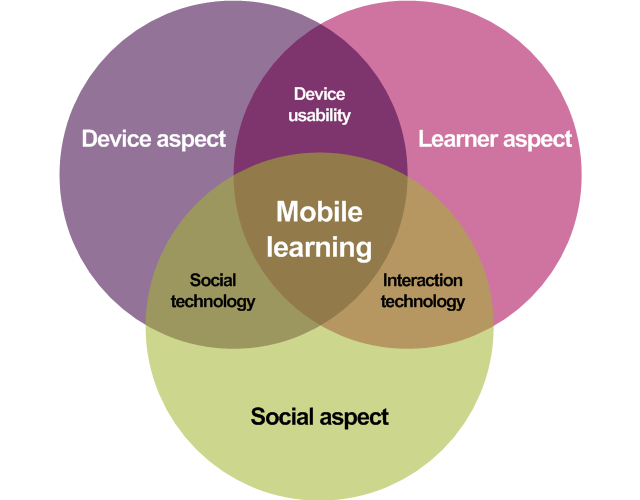The Rigor and Relevance Framework—an action oriented continuum that describes putting knowledge to use—gives teachers and administrators a way to develop both instruction and assessment while providing students with a way to project learning goals. This framework, based on traditional elements of education yet encouraging movement from the acquisition of knowledge to application of knowledge, charts learning along the two dimensions of higher standards and student achievement. Capable teacher presence and teacher centered instruction always belong in the foreground and always underpin lasting student learning, no matter what digital tools are in use. Grounded in rigor and relevance, instruction and learning with digital tools are limitless. This is the foundation of uncommon learning.
Learning must always be relevant, meaningful, and applicable. Student engagement is a bedrock necessity of attentive and deep learning. Excitement about academic growth, in turn, drives increased student achievement, not only in terms of meeting and exceeding standards but also in terms of learning that extends into all realms of life. With the solid pedagogical foundation that the Rigor and Relevance Framework provides, digital tools and social media afford students the opportunity to take more ownership of their growth and development. Allowing students choice over which tools they will use to create artifacts of their learning that demonstrate conceptual mastery builds a greater appreciation for learning while simultaneously preparing them for the real world.
With advanced digital tools under their belts, students grow to develop their own learning tasks—such as podcasting, blogging, or digital storytelling—that stretch their creativity, originality, design, or adaptation. These students think and act critically to curate content and apply information to address a range of cross-disciplinary tasks that are both creative and original. This could include collaborating with others using social media, networking, or reviewing. Their work requires their ability to select, organize, and present content through relevant digital tools, which provide multiple solutions.
Education and digital have become inherently intertwined. Learners and teachers alike are immersed in digital life and need more effective, specific ways to best use digital tools in rigorous and relevant ways to support and/or enhance learning. Educators must be able to develop and enact rigorous, relevant instructional methods and formats while learning about and using effective digital tools to underpin their instruction. As long as educators are clear about the learning objectives, digital tools can be a powerful supporting asset.
As important as teachers are to the purposeful integration of digital tools to support rigorous and relevant learning, ultimate success at scale lies with leadership. Leaders must begin to transform school culture in ways where there are actually fundamental changes in teaching and learning so that technology is not just a gimmick or tool used to engage students. The Rigor/Relevance Framework serves as a powerful instructional leadership tool to ensure learning is at the forefront of technology initiatives. It assists leaders in the following ways:
Education and digital have become inherently intertwined. Learners and teachers alike are immersed in digital life and need more effective, specific ways to best use digital tools in rigorous and relevant ways to support and/or enhance learning. Educators must be able to develop and enact rigorous, relevant instructional methods and formats while learning about and using effective digital tools to underpin their instruction. As long as educators are clear about the learning objectives, digital tools can be a powerful supporting asset.
As important as teachers are to the purposeful integration of digital tools to support rigorous and relevant learning, ultimate success at scale lies with leadership. Leaders must begin to transform school culture in ways where there are actually fundamental changes in teaching and learning so that technology is not just a gimmick or tool used to engage students. The Rigor/Relevance Framework serves as a powerful instructional leadership tool to ensure learning is at the forefront of technology initiatives. It assists leaders in the following ways:
- Provides a common language for all
- Constitutes the lens through which to examine curriculum, instruction, and assessment
- Creates a culture around a common vision
Improving instruction in a digital world can only happen with fundamental changes to teaching and leadership. Pedagogy first, technology second when appropriate. With a firm instructional foundation in place, technology can take our students' places never imaginable while meeting diverse learning needs like never before.




